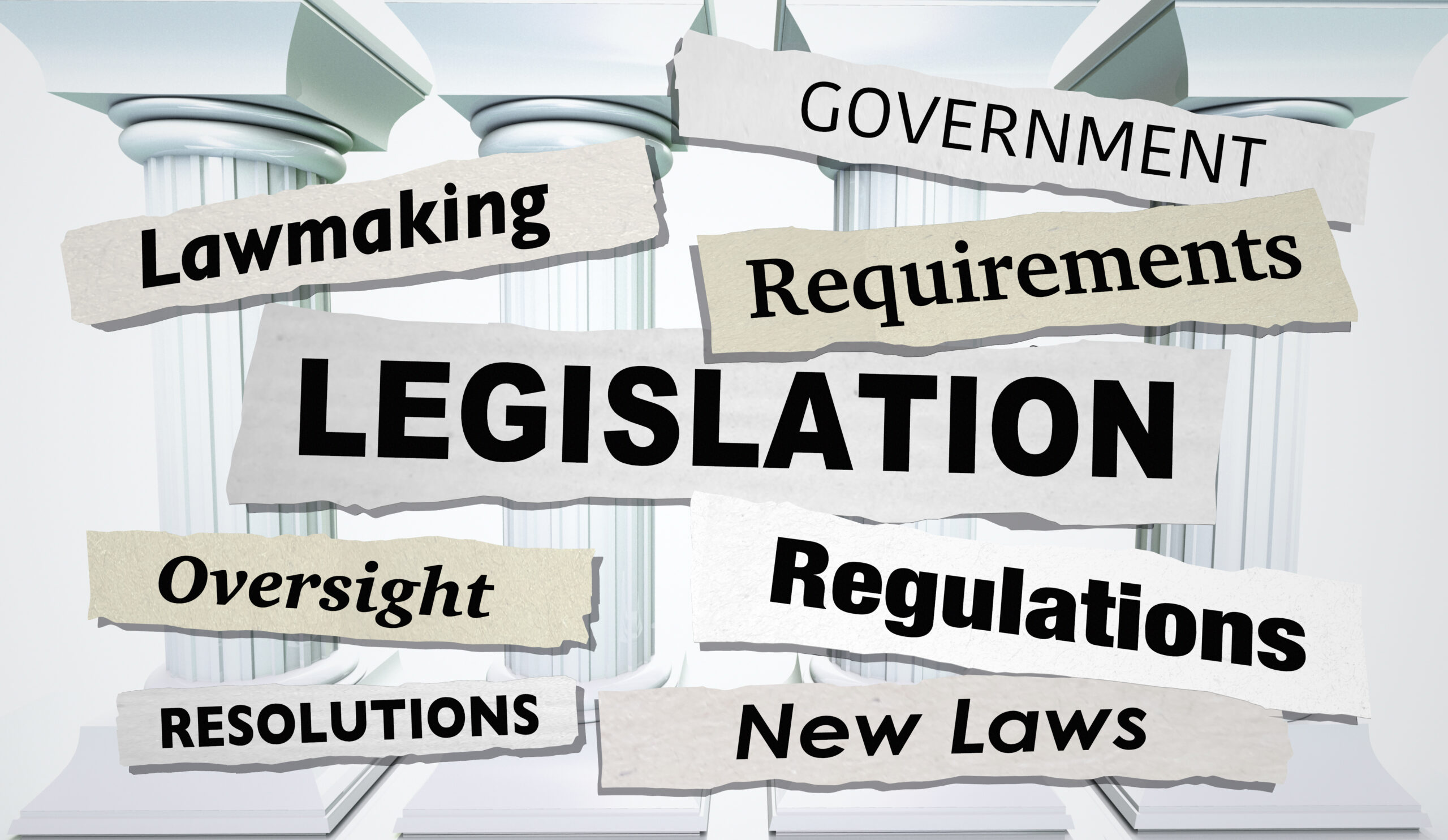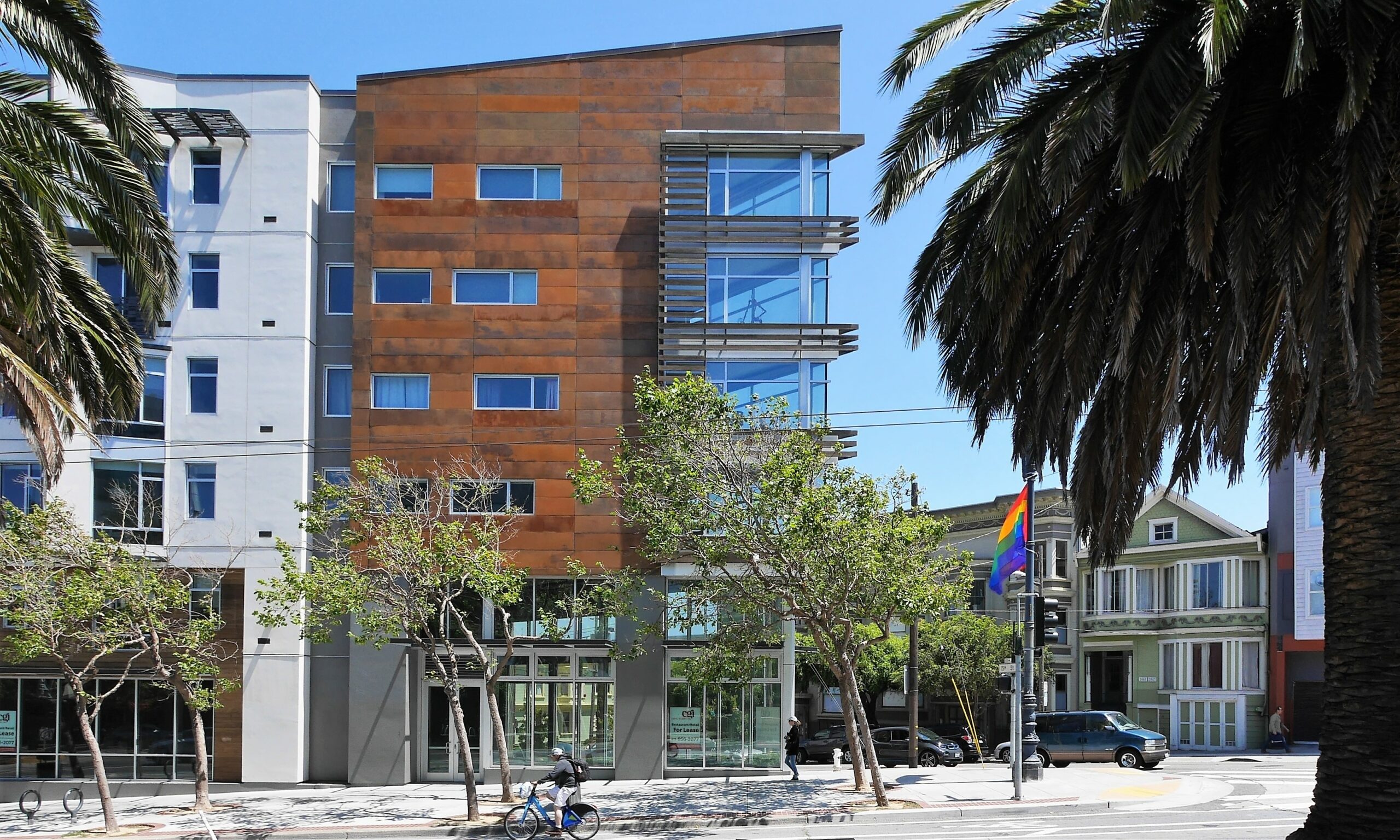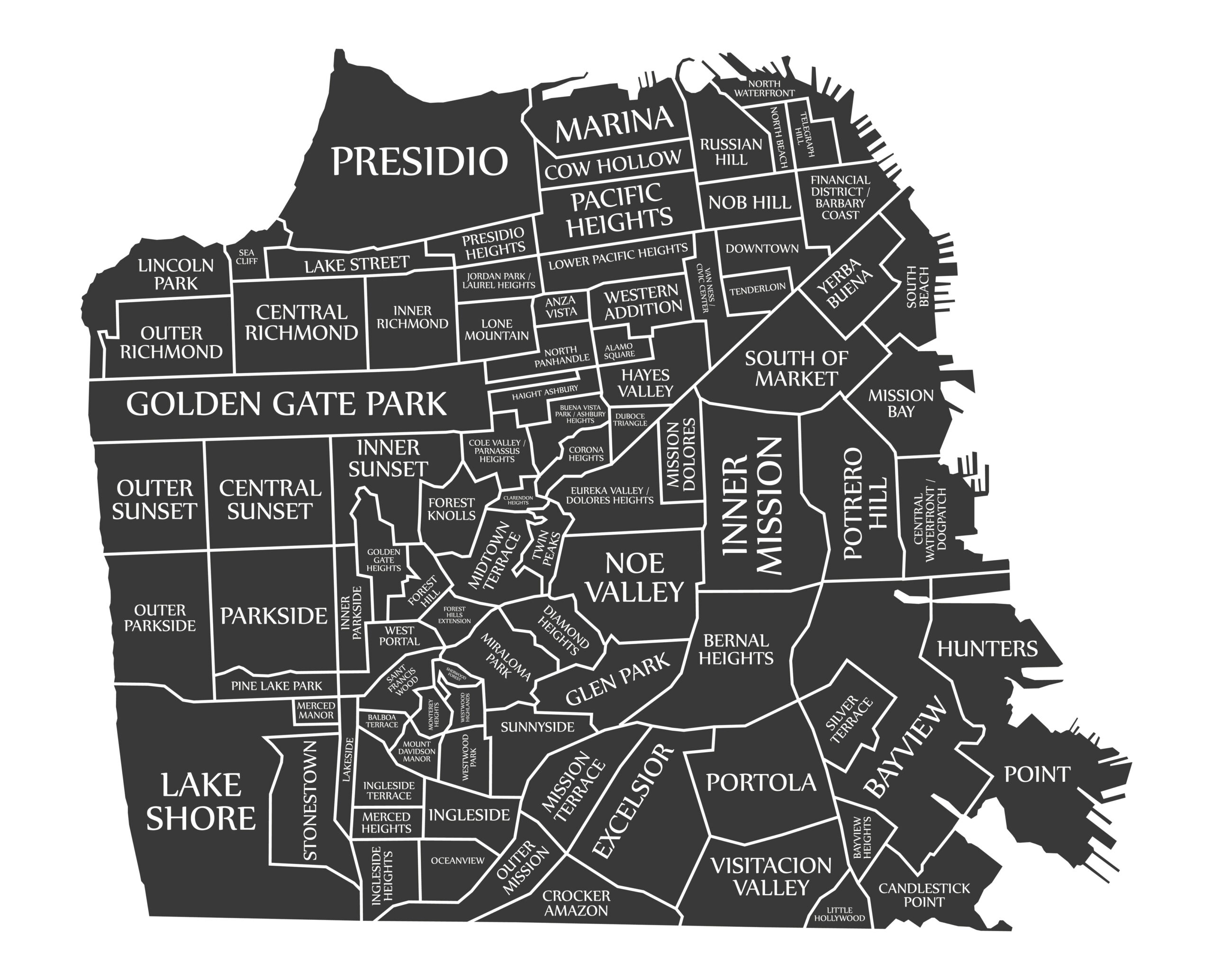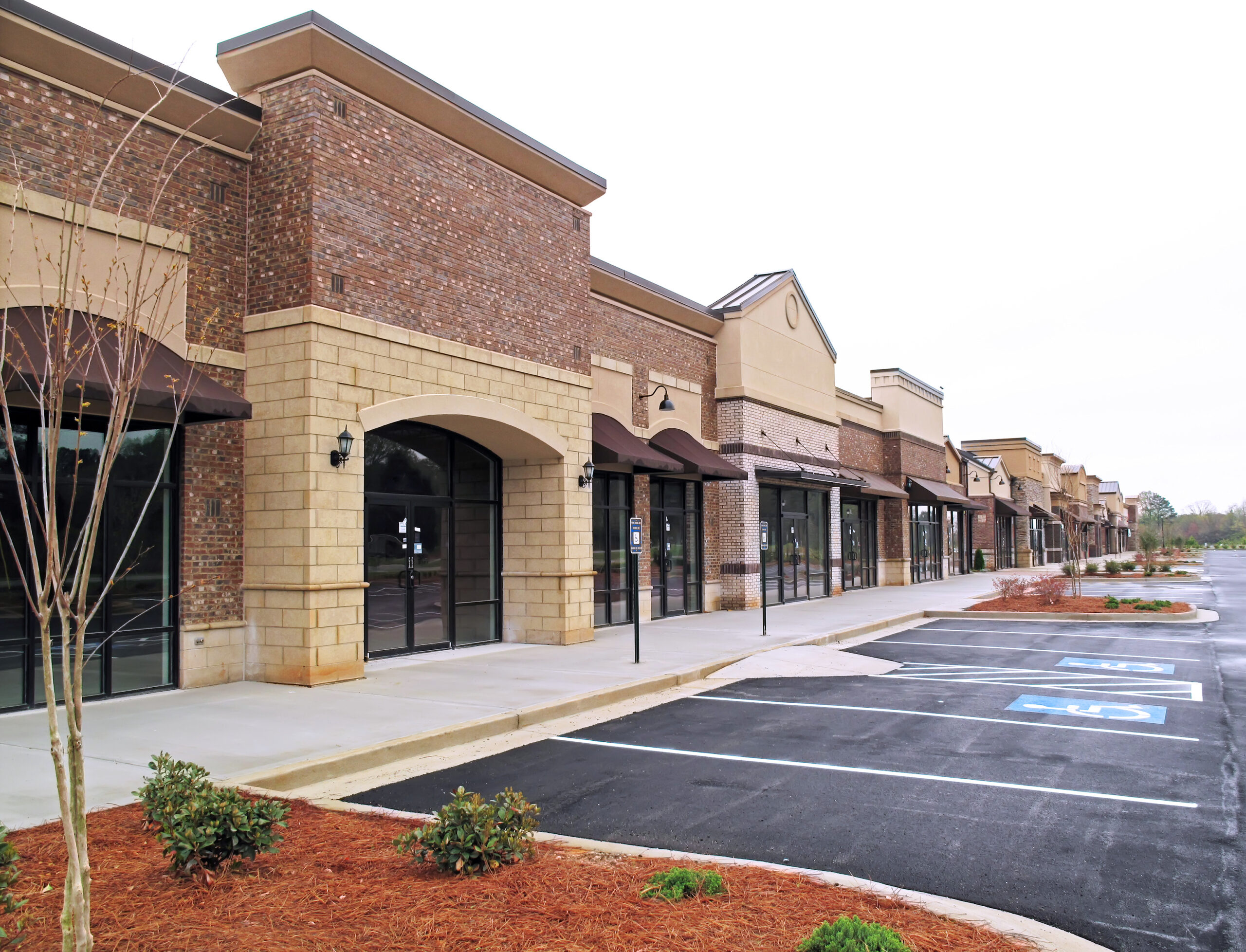Last week, the Ninth Circuit struck down the City of Berkeley’s “Natural Gas Ban” in new construction regulations. The case, California Restaurant Association v. City of Berkeley, focused on whether the federal Energy Policy & Conservation Act, or EPCA, preempted Berkeley’s regulations. The Ninth Circuit broadly interpreted the EPCA’s preemption clause to prohibit state and local standards that interfere with “the end user’s ability to use installed covered products at their intended final destinations” (emphasis in original). Instead of directly banning natural gas products in new buildings, Berkeley took a more circuitous route and prohibited natural gas piping, rendering gas-used appliances useless. The court held that the EPCA expressly preempts State and local regulations concerning the energy use of many natural gas appliances. Energy use is defined by the EPCA as “the quantity of energy directly consumed by a consumer product at point of use” – i.e., at the place where the products are used. By prohibiting a type of energy hookup like natural gas, it is indirectly saying there can be “zero” of that type of fuel use, which the court held was in fact a quantity (Berkeley argued that zero was not a quantity so its ordinance was not an energy use regulation). Because zero is a quantity in the court’s view, not allowing it at all is regulating the “quantity,” or the energy use of a product. Further, the court held, the ban interferes with the end user’s ability to use the product(s), which, in essence, is regulating the use of the appliances themselves. The Ninth Circuit held that this was a violation of the plain text of the EPCA. What effect will this case have, if any, on San Francisco’s regulations covering natural gas appliances? Before discussing, here is some background: The EPCA was passed in 1975 and tasks the Department of Energy to issue regulations that certain household appliances demonstrate the products’ “energy efficiency ratings” (42 U.S.C. § 6294). In simpler terms, the EPCA sets energy efficiency standards for a range of consumer products, including refrigerators/freezers, air conditioning systems, water heaters/furnaces, dishwashers, kitchen ranges, and other products (42 U.S.C. § 6292) – all called “covered products”. EPCA contains a preemption clause that establishes that, once a federal energy conservation standard becomes effective for a covered product, “no State regulation concerning the energy efficiency, energy use, or water use of such covered product shall be effective with respect to that product” (42 U.S.C. § 6297). Passed in 2019, Berkeley’s natural gas ban was the first in the county that completely prohibited the use of natural gas infrastructure in new construction, in this case, the piping and connections of natural gas from the point of metering (the property line) to the point of use (the appliances themselves). Berkeley’s regulations are located in the city’s Health and Service Code. Chapter 12.80, Prohibition of Natural Gas Infrastructure in New Buildings. The California Restaurant Association sued the city, claiming that their members were harmed by Berkeley’s law and that it was preempted by the EPCA. The District Court held that the EPCA must be “interpreted in a limited manner” and local ordinances that do not “facially address any of the [energy conservation] standards” are not in violation of the EPCA’s preemption clause. It upheld Berkeley’s law. The CRA appealed this decision to the Ninth Circuit. The DOE filed an amicus brief supporting Berkeley’s ordinance, claiming that the EPCA only preempts “energy conservation standards” that operate directly on the covered products themselves. Since Berkeley’s ordinance did not prohibit any covered products, the DOE argued that it was not preempted by the EPCA. The Ninth Circuit overturned the District Court’s decision that Berkeley’s law was preempted by the EPCA for the reasons cited above. The EPCA contains several exceptions to preemption (42 U.S.C. § 6297). For example, if a regulation of a covered product does not exceed a state or national standard, or if there has been a waiver granted [to the government], then they are not preempted. There is also an important exemption for state and local building codes, allowing energy efficiency regulations if the code meets seven conditions (listed below). Berkeley used its general police power to regulate natural gas, putting the regulations in their Health Code. The city did not use its building code authority to regulate natural gas. San Francisco used their building code authority to regulate natural gas appliances (Ordinance 237-20, BOS File No. 2007-01). Instead of directly banning natural gas appliances, it requires “all-electric” buildings. There are exceptions for technical or physical infeasibility and for areas of a building that are specifically designed and occupied for commercial food service use. An “all-electric building” is defined as one that uses a permanent supply of electricity as the source of energy and does not “install natural gas or propane piping systems, fixtures or infrastructure for those purposes in or in connection with the building, structure, or within property lines of the premises, extending from the point of delivery at the gas meter.” It appears that San Francisco’s law runs afoul of the Ninth Circuit’s decision. Using the broad interpretation of the court, it could be held to be preempted. The court held that a regulation on energy use, defined as “the quantity of energy directly consumed by a consumer product at point of use”, encompasses an ordinance that eliminates the “use” of an energy source. San Francisco’s regulations require electric-ready (i.e. electric only) buildings. The electric-ready building definition explicitly states there can be no natural gas hookups or pipes. Meaning, no natural gas use – that’s zero – which the Ninth Circuit has held is a quantity. San Francisco’s definition of an electric-ready building does the same thing as Berkeley’s ordinance – it effectively prevents the use of a natural gas appliance through its mandate of all electric buildings. In other words, it regulates the energy use of natural gas, which the Ninth Circuit held runs afoul of the EPCA’s preemption clause. San Francisco could regulate natural











